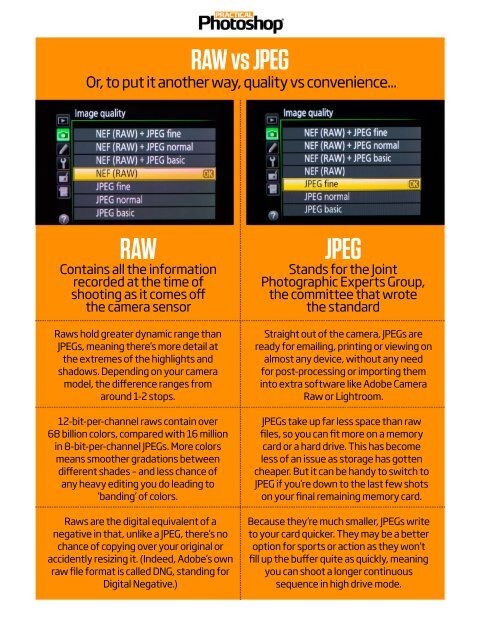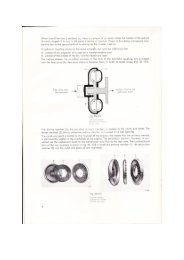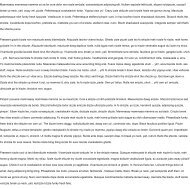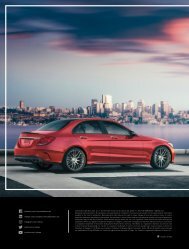You also want an ePaper? Increase the reach of your titles
YUMPU automatically turns print PDFs into web optimized ePapers that Google loves.
RAW vs JPEG<br />
Or, to put it another way, quality vs convenience...<br />
RAW<br />
Contains all the information<br />
recorded at the time of<br />
shooting as it comes off<br />
the camera sensor<br />
Raws hold greater dynamic range than<br />
JPEGs, meaning there’s more detail at<br />
the extremes of the highlights and<br />
shadows. Depending on your camera<br />
model, the difference ranges from<br />
around 1-2 stops.<br />
12-bit-per-channel raws contain over<br />
68 billion colors, compared with 16 million<br />
in 8-bit-per-channel JPEGs. More colors<br />
means smoother gradations between<br />
different shades – and less chance of<br />
any heavy editing you do leading to<br />
‘banding’ of colors.<br />
Raws are the digital equivalent of a<br />
negative in that, unlike a JPEG, there’s no<br />
chance of copying over your original or<br />
accidently resizing it. (Indeed, Adobe’s own<br />
raw file format is called DNG, standing for<br />
Digital Negative.)<br />
JPEG<br />
Stands for the Joint<br />
Photographic Experts Group,<br />
the committee that wrote<br />
the standard<br />
Straight out of the camera, JPEGs are<br />
ready for emailing, printing or viewing on<br />
almost any device, without any need<br />
for post-processing or importing them<br />
into extra software like Adobe Camera<br />
Raw or Lightroom.<br />
JPEGs take up far less space than raw<br />
files, so you can fit more on a memory<br />
card or a hard drive. This has become<br />
less of an issue as storage has gotten<br />
cheaper. But it can be handy to switch to<br />
JPEG if you’re down to the last few shots<br />
on your final remaining memory card.<br />
Because they’re much smaller, JPEGs write<br />
to your card quicker. They may be a better<br />
option for sports or action as they won’t<br />
fill up the buffer quite as quickly, meaning<br />
you can shoot a longer continuous<br />
sequence in high drive mode.


















